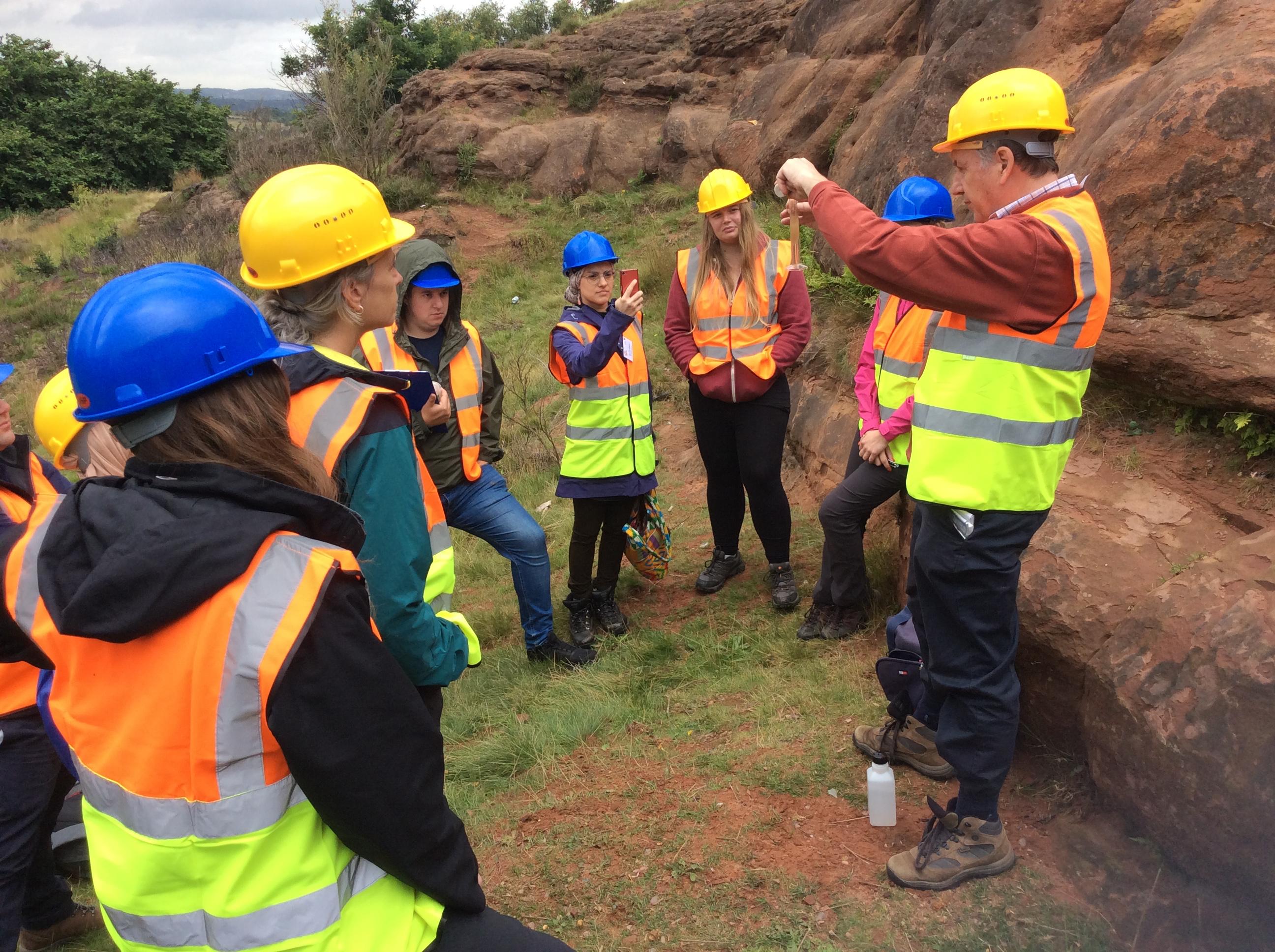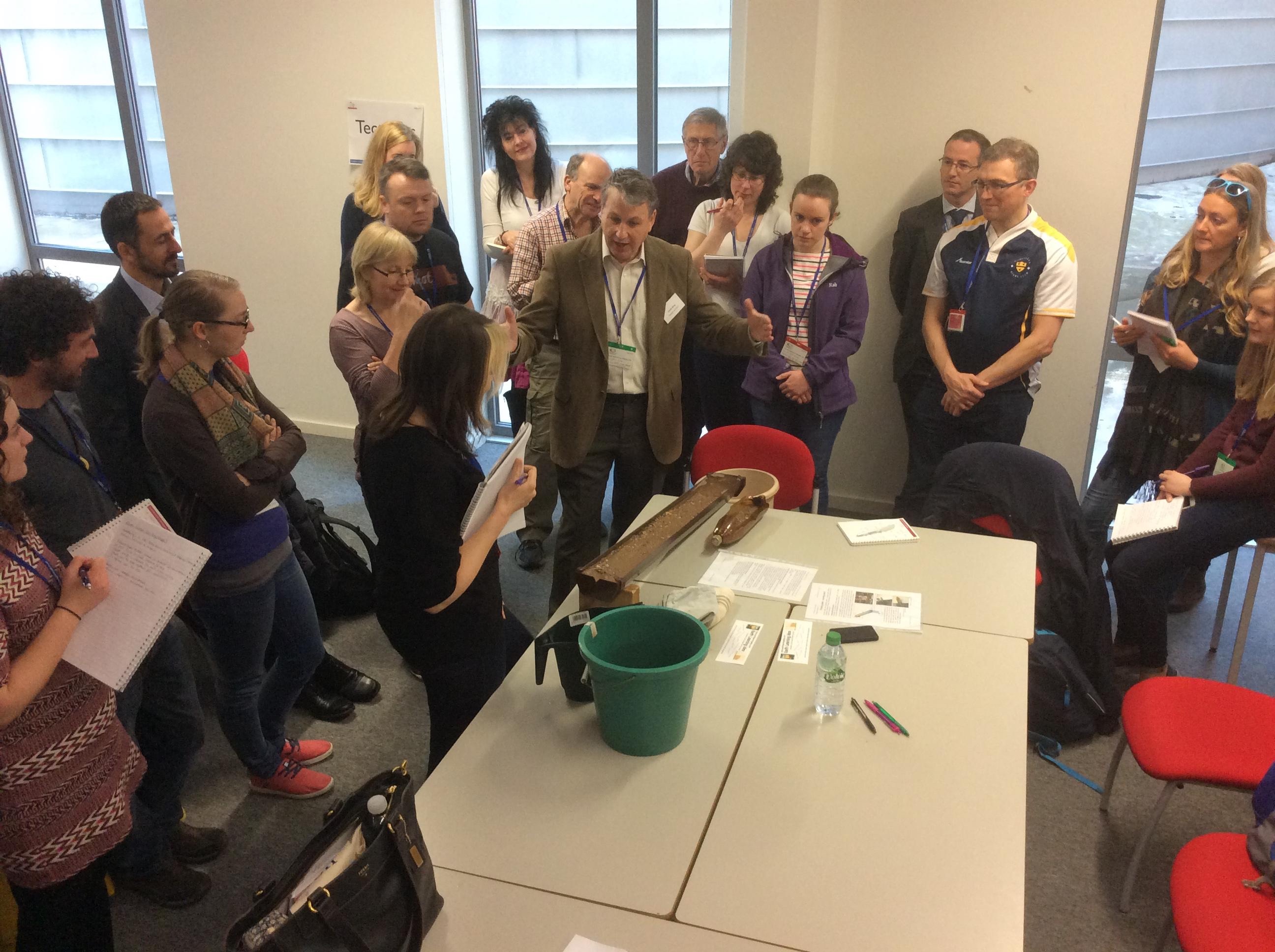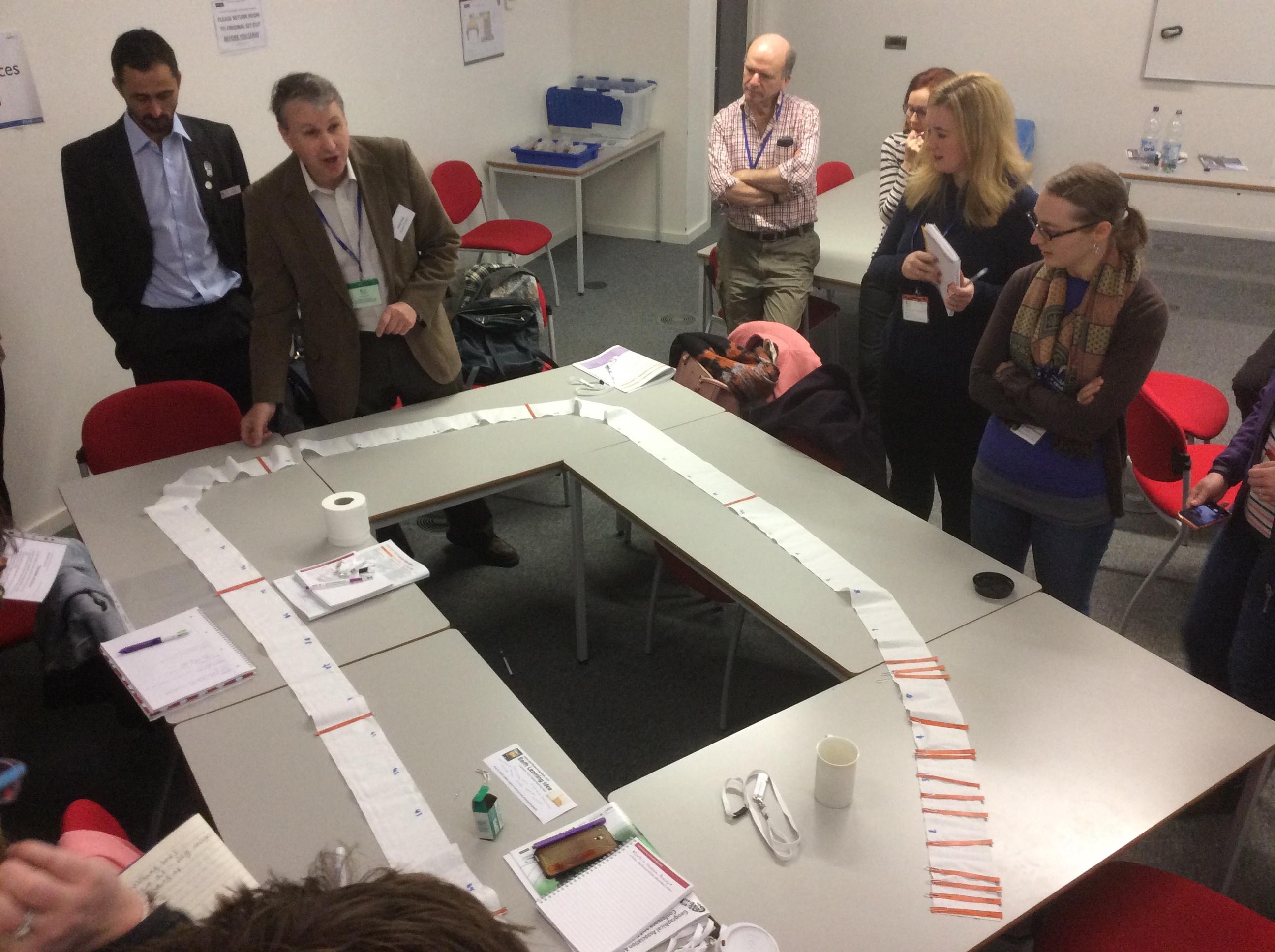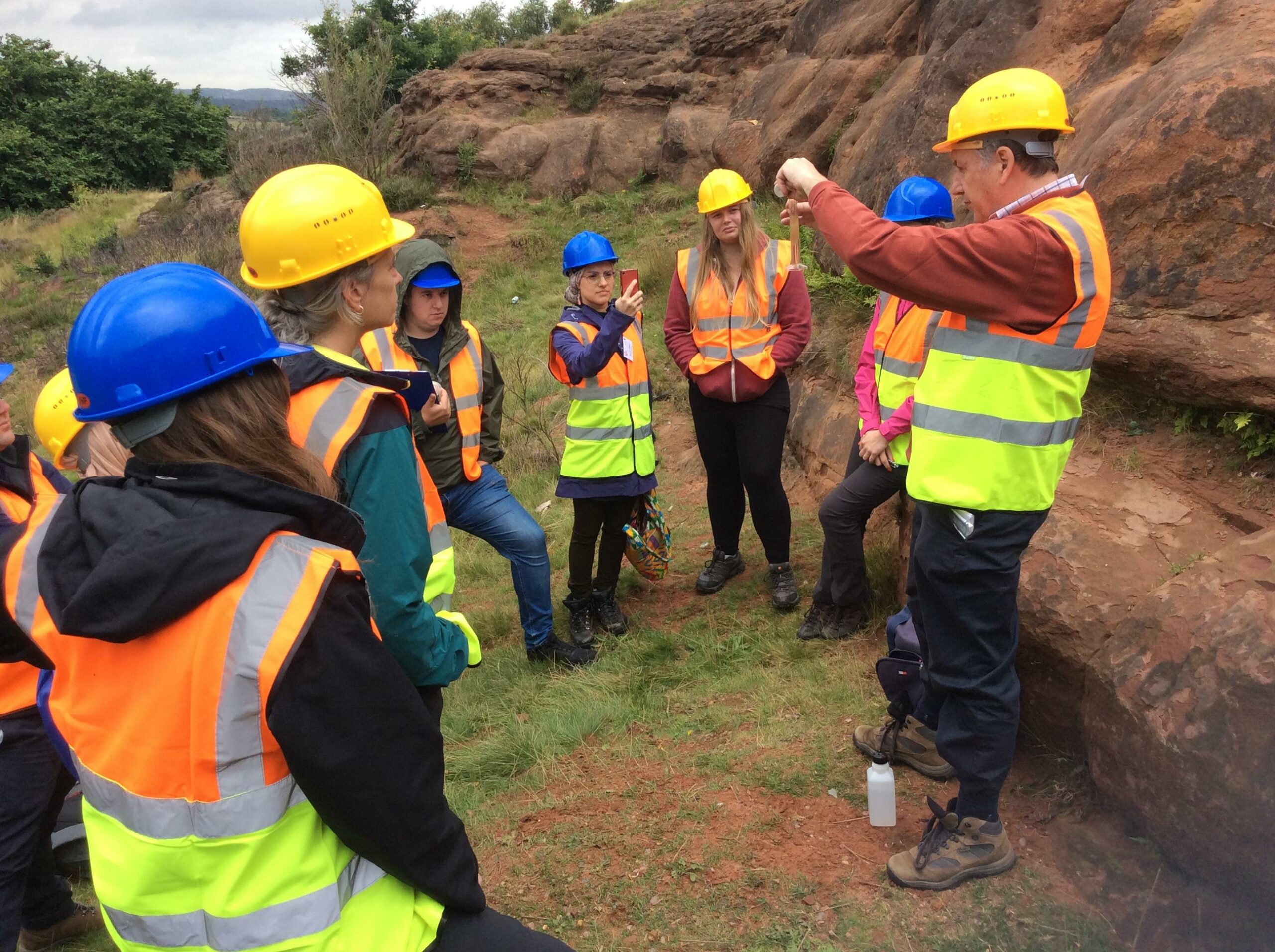By Duncan Hawley and John Lyon.
Here is a quote from ‘Fragments of Earth Lore’ by James Geikie (1893)[1]:
“When we come to ask why some rivers flow in deep canyons, like those of the Colorado—why valleys should widen out in one part and contract, as it were, elsewhere—why the courses of some rivers are interrupted by waterfalls and rapids, and many other similar questions, the physical geographer must know something of Geology before he can give an answer. He can describe the actual existing conditions without the aid of Geology, but he can tell us nothing of their origin and cause. The moment, therefore, the physical geographer begins to inquire into the origin of any particular physical feature, he enters upon the domains of the geologist. And as he cannot possibly avoid doing so, it is quite common now to find a good deal of the subject-matter of Geology treated of in text-books of Physical Geography. I state this merely to show how very closely the two sciences are interlocked.”
Chris King was a geoscience educator who recognised how important that relationship between geology and physical geography is for developing a full understanding about the Earth. He taught geography at Altrincham Grammar School, although geology was his mainstay at O level/GCSE and A level when geology was a much more fashionable subject to offer on the upper school curriculum than it is today. Chris wrote a number of articles for Teaching Geography and they give insight into his approach to teaching. His first contribution, A Geography Fieldcourse in the Yorkshire Dales for Fourth- and Fifth-Year Pupils (1981, Vol.7, No.1), offered model worksheets that turned the teacher-directed ‘Look-See’ tour, prevalent at that time, into a student-centred challenge – not just record and describe, but to think how and why. This enquiry, investigative, thinking approach was a mission he followed to the end of his life. Another early article, Paper Models of Landforms as exercises in Three Dimensional Thinking (1985, Vol.10, No.3) highlights two other characteristics of his pedagogy – practical activity and visualisation – these always purposed to make earth science, accessible and comprehensible to anyone. Particularly tricky for grasping earth science is the need to shift thinking onto different scales, and also to envision the static as dynamic. Chris understood this, and was highly inventive in devising ways of tackling these potential barriers to help students (and teachers) open up their thinking to new ways of understanding a solid rock face, or a landscape, or the Earth’s interior.

Chris with a bunch of teachers at Hume Quarry, Stoke-on-Trent, doing one of his ‘trademark’ field experiments. By simulating the processes of sediment settling in the field, using a measuring cylinder and samples of sediment carried in small containers, he made visible the formation process of rock bedding to enable interpretation of the rocks in the quarry. The group could see the implications of sediment size, energy conditions and time – and discuss what the gap between each bed represents. Amongst the crowd are Hafsa Bobsat and Alison Dunphy.
His approaches culminated in Chris devising the ‘Earth Learning Idea’ website https://www.earthlearningidea.com/ which is packed full of Earth-related teaching ideas designed to be practical resources for teachers and teacher-trainers, freely available to anyone. That was another of his passions – to share teaching knowledge and ideas freely, for anyone who wants to teach in order to better our understanding of the Earth whether they be a geologist, a geographer, some other sort of scientist or teacher – at whatever level. When teacher training of geology teachers in the UK ceased, Chris found funding to run a week-long, no-fee, accredited training geoscience education summer school for teachers, and many geography teachers have participated, and will continue to benefit.
Chris, or one of his protégés, could often be seen at GA conferences, running a workshop of one version or another. Not surprisingly they were always full to bursting!

Here is Chris discussing his ‘Stream on a table’ activity at the 2019 Manchester conference. It is worth pointing out that in this audience is the GA Chief Executive, a recent GA President, a teacher trainer and textbook author and a Geography ICT specialist, as well as teachers young and old. This indicates the breadth of his reach and the magnitude of respect held for his Earth science teaching approach.
And below, John Lyon relates his experience of ‘meeting’ Chris King for his podcast on the GA website.
I didn’t know too much about Chris King as a person before we recorded a podcast together for GeogPod. I knew of his work with the Earth Science Teachers’ Association (ESTA) and I had used a number of the superb, freely downloadable activities on the Earth Learning Idea website, but I hadn’t realised the full extent of his contribution to geoscience education around the world. My research on him, in preparing for the podcast, led me to explore his book ‘Exploring Geoscience across the globe’. This is a free download. I must say it is immense in scope and a great read… but don’t take my word for it …. Iain Stewart says ‘it is wonderful to be able to welcome the colour and vibrancy of the ‘Exploring geoscience’ textbook.
http://www.igeoscied.org/wp-content/uploads/2019/12/Geotextbook_Dec_2019.pdf
At the start I was rather overawed to be chatting to Chris, especially as my research led me to realise that his early career experiences could have been turned into a film in the style of ‘Indiana Jones’. Moreover, I was in the presence of a ‘giant’ of Earth science and geology education. However, his warm, charming and unassuming manner set the scene for a most interesting conversation. He told me about some intrepid geological adventures, after which he settled on his lifetime career involved with students, school, teachers, teacher-trainers and those at the top of the curriculum hierarchy, and clearly retaining a visible and audible enthusiasm, energy and excitement for promoting Earth science education. He was optimistic about the future of geoscience education and its importance for developing understanding about our planet in the past, present, and for the future. He left an incredible body of work to inspire both teachers and students. I feel pleased and privileged to have had the opportunity to chat with him about everything from diamond mining to rubber ducks and the Toilet Roll of Time.

Chris discussing the Toilet Roll of Time activity with geography teachers at his workshop session for the GA Conference 2019 (Manchester).
Chris King was such an inspiration to everyone and his passing is a great loss to education, but his legacy lives on. Do check out Earth Learning idea and the GeogPod podcast, and go look at the free, downloadable text-book . I dare say you will learn something – and you will undoubtedly want to use it/share it with your students – as Chris King intended.
[1] Geikie, J. 1893. ‘Geography and Geology’ in: Fragments of Earth Lore: Sketches and Addresses, Geological and Geographical. https://www.gutenberg.org/files/47119/47119-h/47119-h.htm

Leave a Reply